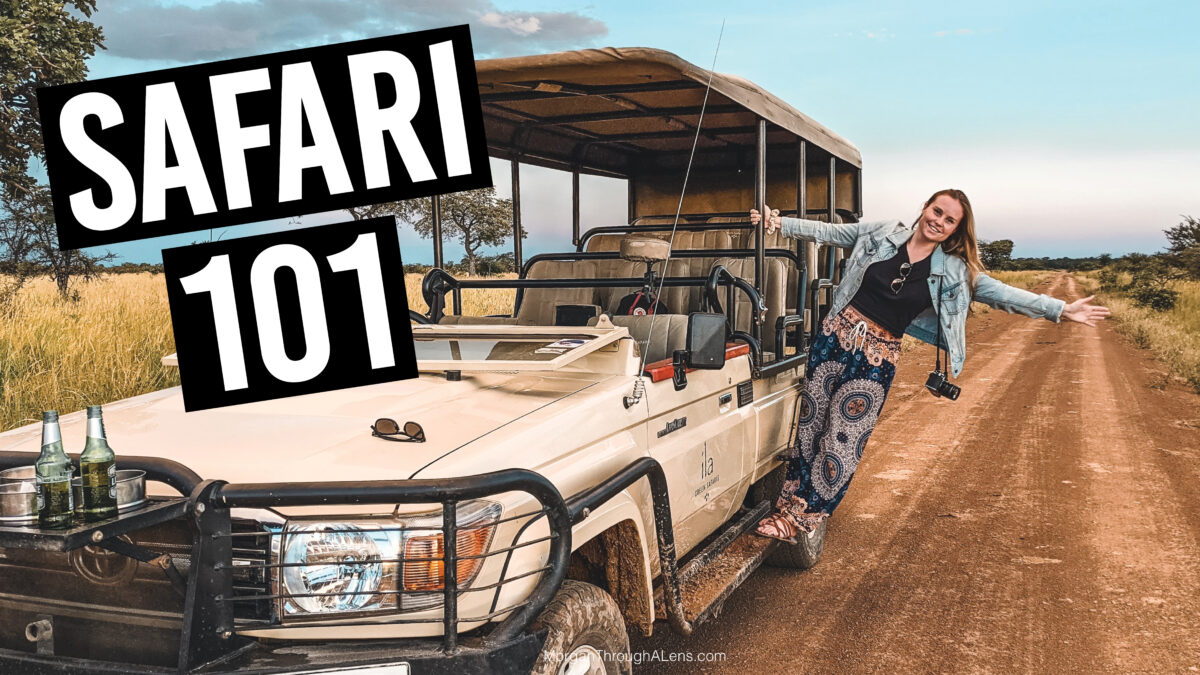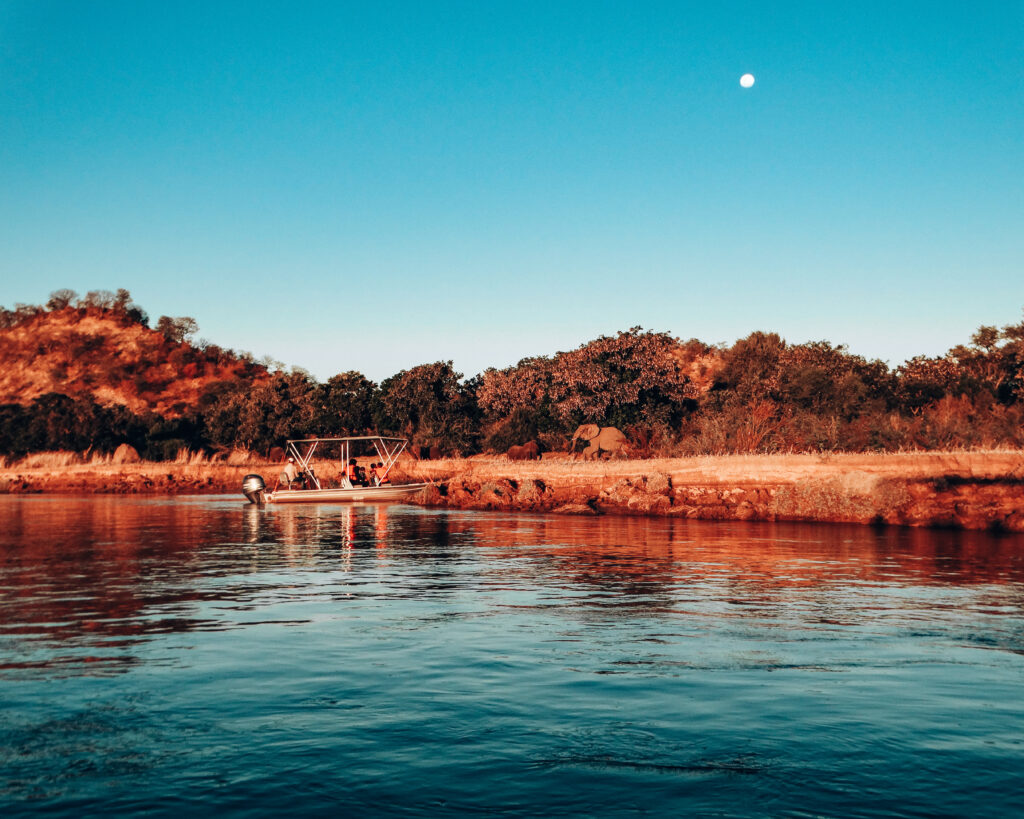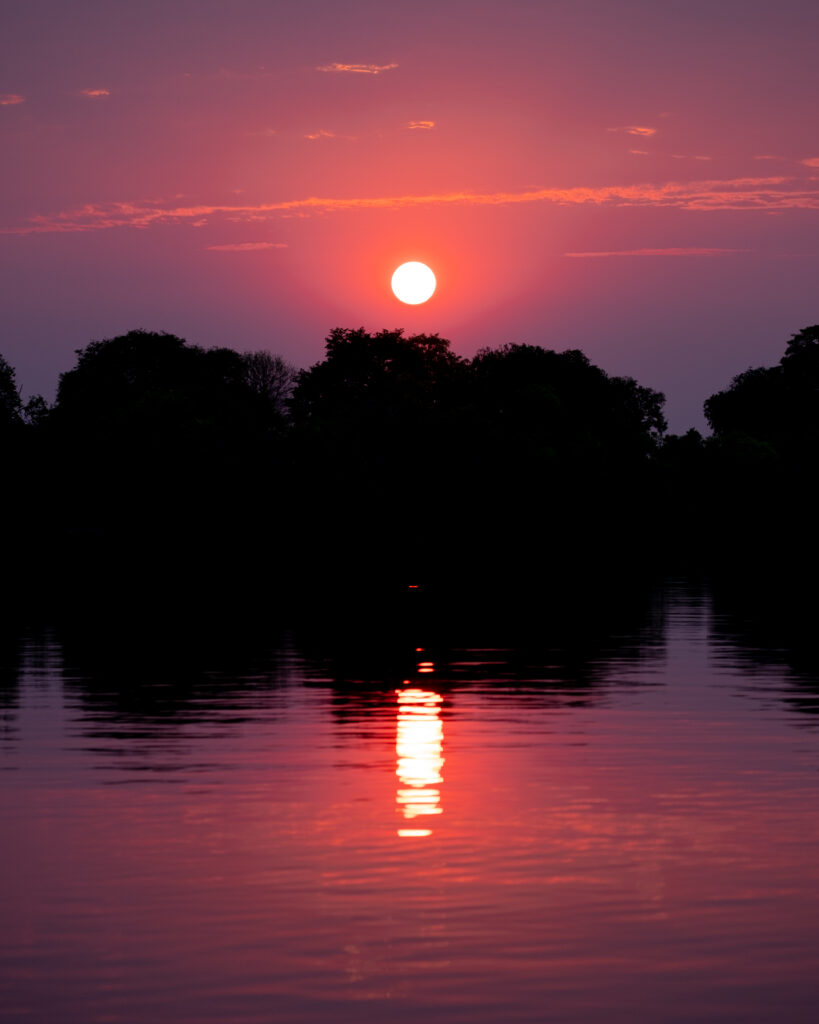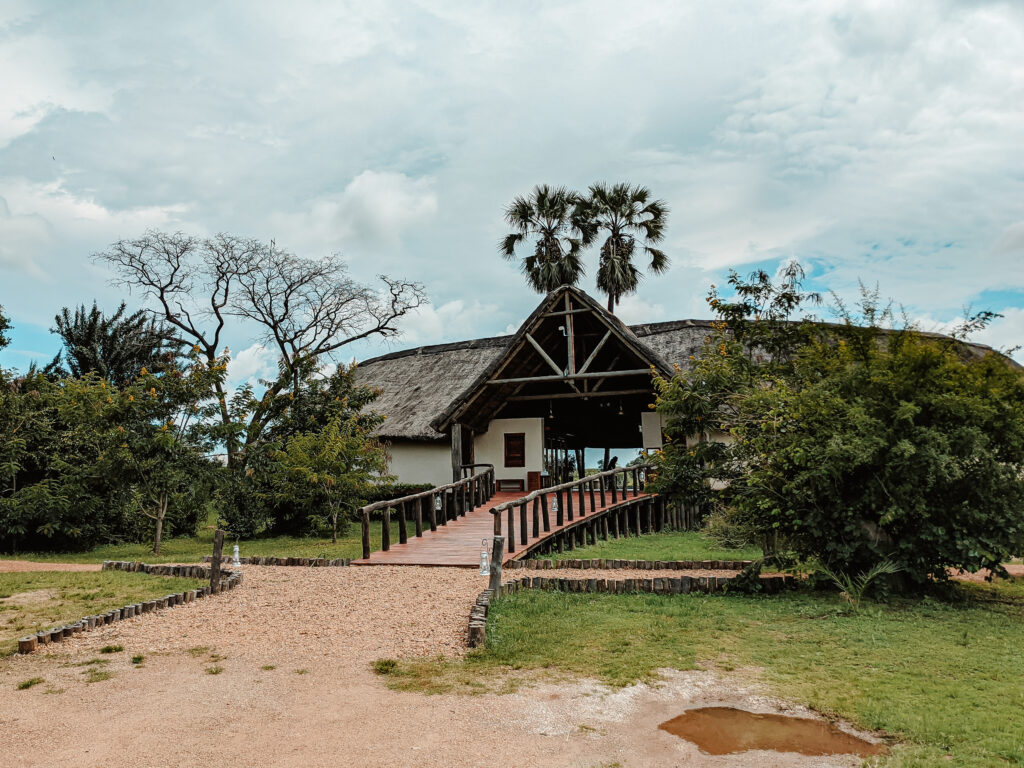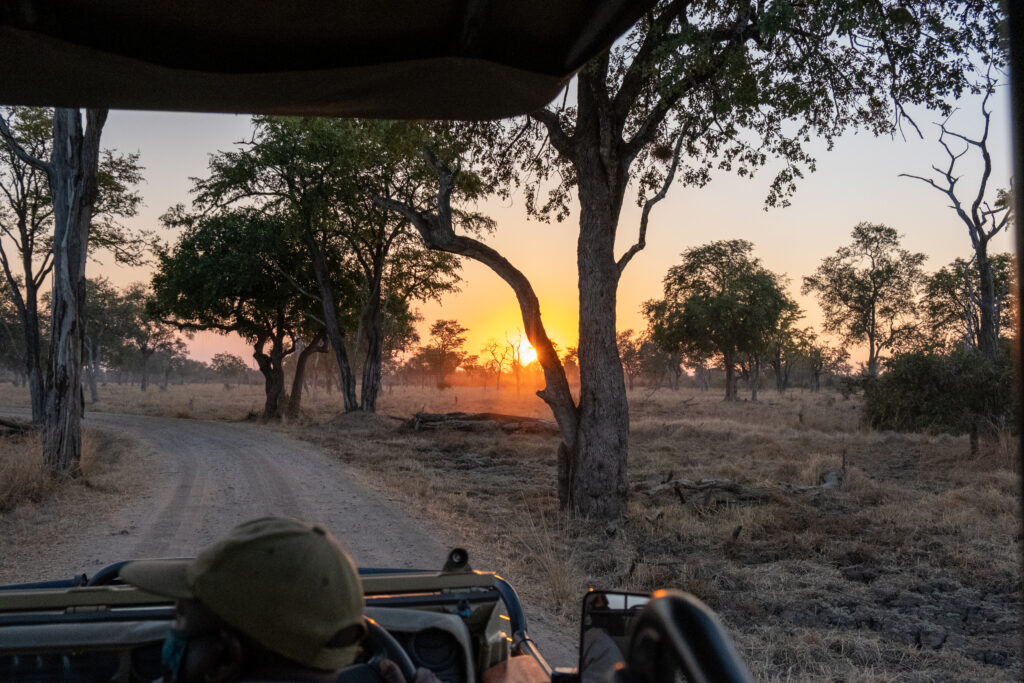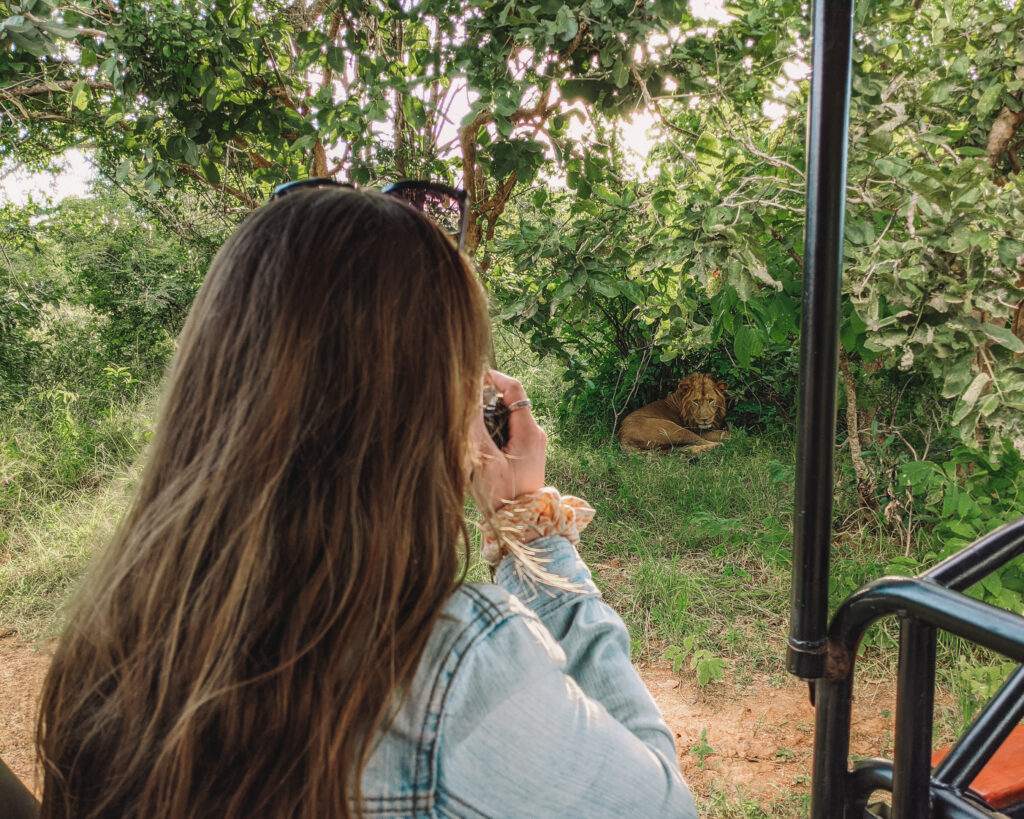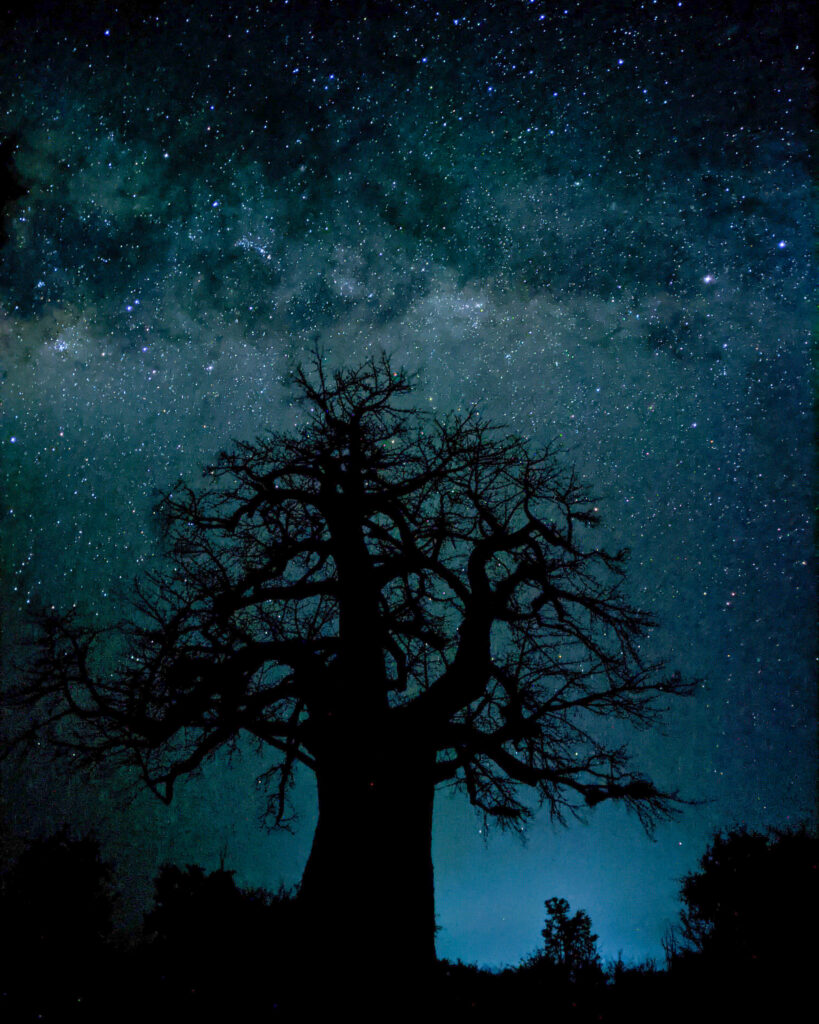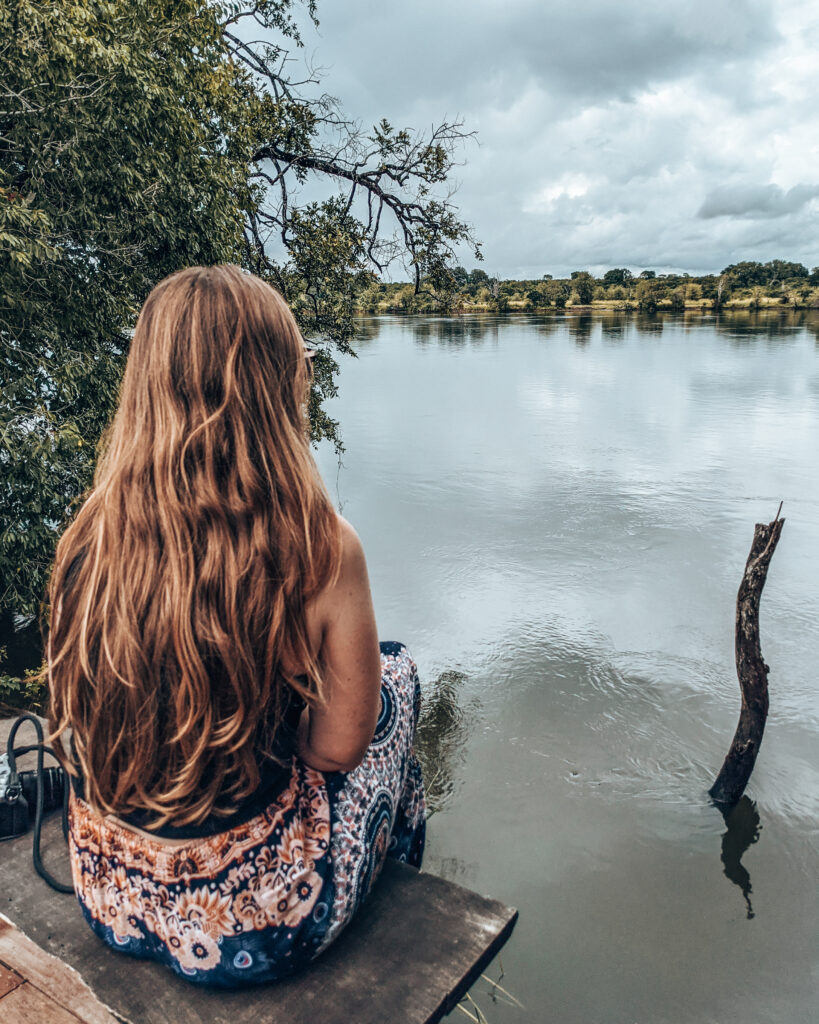African Safari 101
I’ve learned a lot from living and traveling all around Southern Africa and I’m here to spill my secrets!
Here is everything you need to know about planning an African Safari.
P.S. I don’t love the term, “African Safari” since “safari” isn’t actually a common term in Africa (at least where I’ve lived) and attributing anything to “Africa” is quite a generalization since Africa is a widely diverse continent, but there are some tips that I think are helpful regardless so I am using that term for ease.
When to go
There are two main seasons to consider when planning an African Safari: Dry Season and Rainy Season.
In Southern Africa, the dry season coincides with winter, which is June/July (we are in the Southern Hemisphere) and the rainy season is summer, which is from about November to March. There are pros and cons to each season, but to be honest, I think winter/dry season is the best time to visit!
PRos of the Dry Season
The weather is better during the day and you won’t be scalding hot. There are fewer bugs because it is cold and hasn’t rained in a while. The bush is sparse because everything has died, so it’s easier to see animals through the trees, and since there is less water, animals tend to congregate around the few water holes that are left.
Cons to the Dry Season
The mornings and evenings are really cold – you won’t believe you’re in Africa haha. The bush is sparse (which is a pro) but that also means it’s kind of ugly. Also, boating isn’t possible if water levels are too low.
Pros to the Rainy Season
The bush is absolutely gorgeous! The bush really comes alive in the rainy season – all the animals are flourishing and a lot of babies are born in the rains!
Cons to the Rainy Season
The rain – need I say more? Also, it can be miserably hot during the day. The animals thrive (which is a pro) but so do the bugs. Also, some camps are closed because the rains make the roads impassable.
There is another time in Zambia that really isn’t a season but I want to mention… October. October is the start of summer so it is really hot, but the rains haven’t started so there is nothing to break up the heat (it gets so so hot), however, lack of rain contributes to the animals congregating around limited watering holes.
Where to go
Africa is a huge continent with so many different places to visit that sometimes it can feel overwhelming.
There are a few things to take into consideration when planning where to go:
Cost
Some countries are easier to fly to than others, which can greatly reduce the cost. For instance, many places have direct flights to South Africa, which generally makes a South African safari vacation cheaper. Other African countries are harder and more expensive to fly to.
What do you want to see?
Another consideration is what you want to see. Some countries and National Parks have animals that others do not. South Luangwa in Zambia has Thornicroft’s giraffes, which are endemic to the park, meaning they are not found anywhere else in the world. Additionally, three of the four species of rhino are critically endangered and there are few places left in the world where you can see a rhino.
Nature and landscape
Other things to take into account are nature and landscape. Do you want to be on the water? If so, you can pick a location with a river, like the Zambezi River, a lake, like Lake Tanganyika or Lake Victoria, or a waterfall, like Victoria Falls. Kenya is famous for their plains and the Masai Mara, whereas Tanzania is famous for the Nogorogoro crater.
Decide what is important to you and do your research to see which country and park can offer that!
Where to stay
Most lodges are designed with a main building that houses the restaurant, bar, pool, and offices, and guest rooms/tents that are separate buildings.
Lodges range from inexpensive to extremely expensive. The cheapest option for lodging is camping and self-catering. Some lodges offer guests the opportunity to bring a tent (or rent a tent) and cook their own food on the fire, or in kitchens provided. However, with this option, you have to pay extra for each activity.
Read about my experience camping on the Zambezi at Mvuu, Kiambi, and at Lake Tanganyika.
Higher-end lodges are all-inclusive and the rate for your stay includes all your food and one activity (or more) per day. Read about my experience at higher-end lodges like Ila and Shawa.
Day-to-Day
Here is what your day-to-day schedule will (most likely) look like while on safari:
5:30 a.m – Wake up call: the staff usually brings hot water for tea and coffee to your room.
6 a.m. – Breakfast: a light breakfast, usually toast, cereal, yogurt, and/or fruit.
6:30 – 9:30 a.m. – Morning Activity: morning game drives are my favorite!
10 a.m. – Brunch: this is when you finally eat a full meal!
11 a.m. – 3 p.m. – Swim/rest/relax: sometimes you can do an activity in the afternoon but it’s usually quite hot, so most people like to relax by the pool or take a nap in their room.
3:30 p.m. – Tea/coffee/snack: we love tea and coffee.
4 – 7 p.m. – Evening activity: this could be an evening game, a sunset boat cruise, or something else entirely!
7:30 p.m. – Dinner: sit by the fire, have some dinner, chat with other guests, hang out at the bar… the night is yours!
Activities
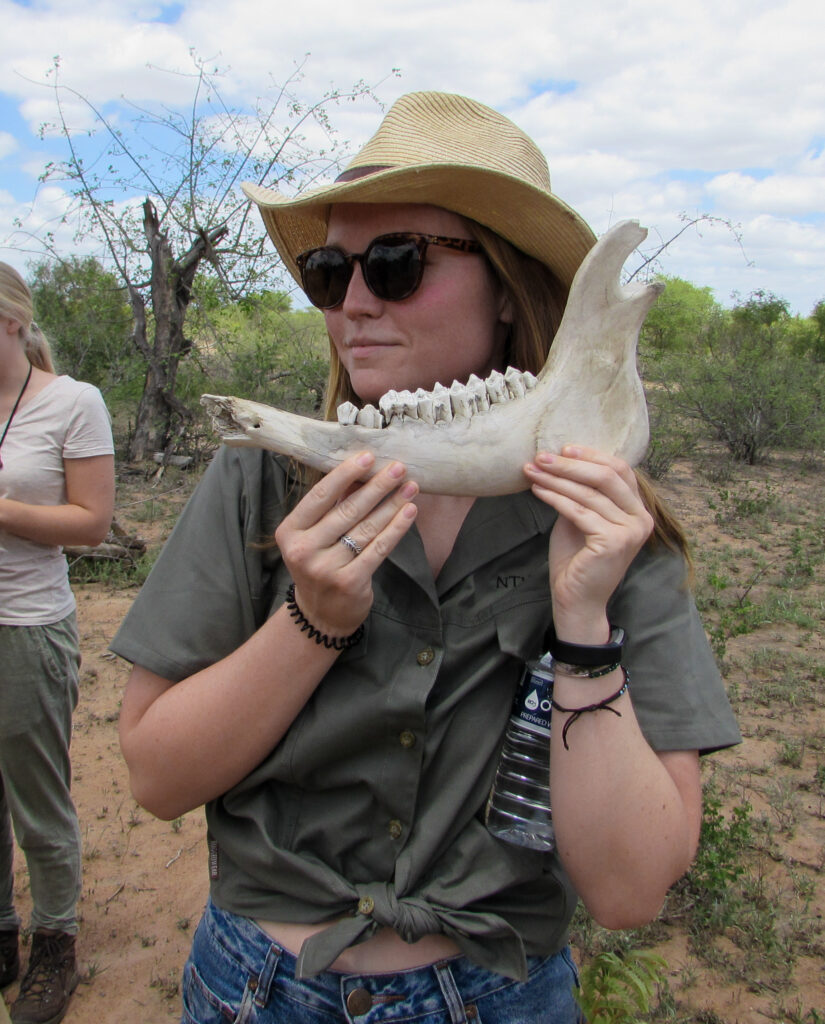 PIN IT
PIN ITGame Drives
My favorite activity! Game drives are the best! You spend about 3 to 4 hours roaming around the park searching for animals, with a stop in the middle for tea/coffee or drinks and snacks!
Boat Cruises
Similar to game drives, boat cruises are “safaris” around the lake or river and search for animals that are coming to the water for a drink, or animals that live in the water like hippos and crocodiles.
Fishing
Another way to spend some time on the water. Lodges will often provide all the gear you need!
Walking Safaris
This is such a unique activity. You won’t see as many animals as a game drive, but your guide will teach you how to read the bush, how to spot animals, and how to track them!
Canoeing/Bike rides/horseback riding
These activities are less common but really fun if you have the opportunity!
What to pack
Just a heads up, when you are on safari, you’re not Bear Grylls on a deserted island!
Here are some key things that you need:
Hiking shoes: you don’t need these unless you are planning on going on a walking safari.
Loose, lightweight clothing: to protect you from the sun and bugs but keep you cool.
Hat: self-explanatory
Sunscreen: a necessity!
Bug spray: although most lodges provide this.
Passport and wallet: bring a credit card that works internationally!
Camera and accessories: you will have lots to take pictures of!
Medicine: you don’t need a ton, because lodges are prepared for medical emergencies, but you are far from town so not everything is easily accessible. If you know you get headaches, bring headache medicine, for instance.
Costs
Basically, the costs range drastically depending on where you go and where you stay. Remember, flights are cheaper to hub countries, like South Africa, and camping/self-catering is the cheaper housing option. Also, some national parks let you drive your own car though so you don’t have to pay for a vehicle and guide.
Extras
Tipping
Make sure to tip your safari guide and the staff at the lodge. It is quite customary.
Pointing out animals
On my first game drive, I was too shy to point out the animals that the guide hadn’t seen. I thought maybe he would think I was insulting his skills, but in reality, guides are human too and they can only look in one place at a time, so they are bound to miss things. The guests are also sitting higher up in the safari vehicle and have a better vantage point. Guides won’t be insulted if you point out animals that they haven’t seen!
Beware of animals
Lodges are often quite rural, which means you may have an elephant roaming through camp, frogs in your shower, monkeys stealing your food, or hippos bathing in the pool. Oftentimes lodges will require you to be escorted to your room at night, just for your safety.
off the grid
Be prepared to be off the grid. Although lodges sometimes have wifi in the main lodge, there is rarely wifi in the rooms and no cell service. But honestly, that is half the fun!
I also made a YouTube about planning an African Safari. Watch the full video here:
I hope this was helpful for your next African Safari! Do you have any tips that I missed? Let me know in the comments!

